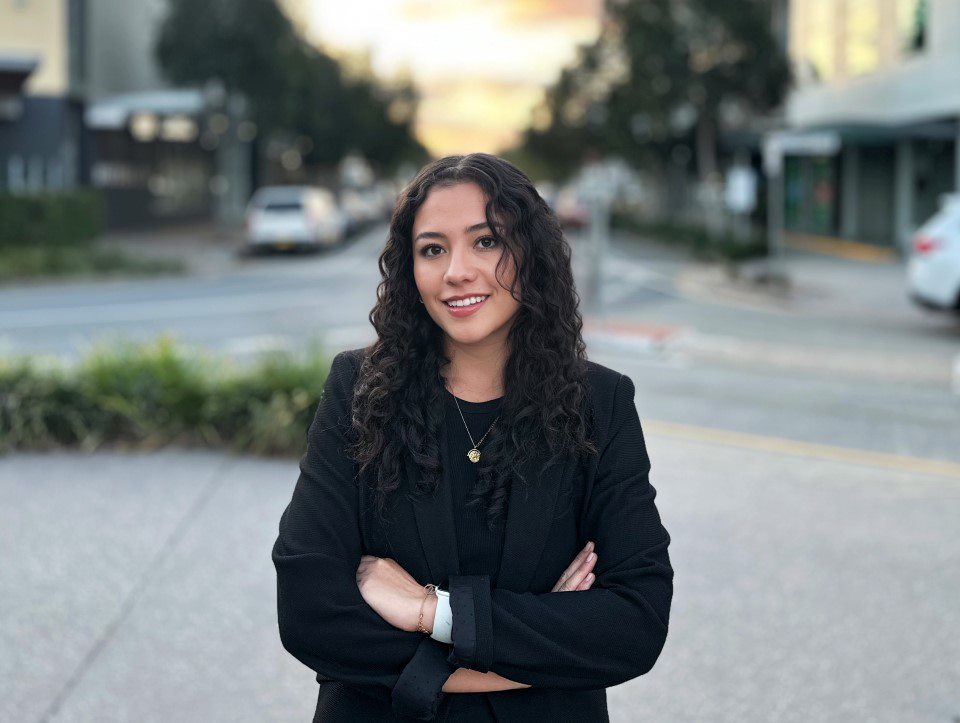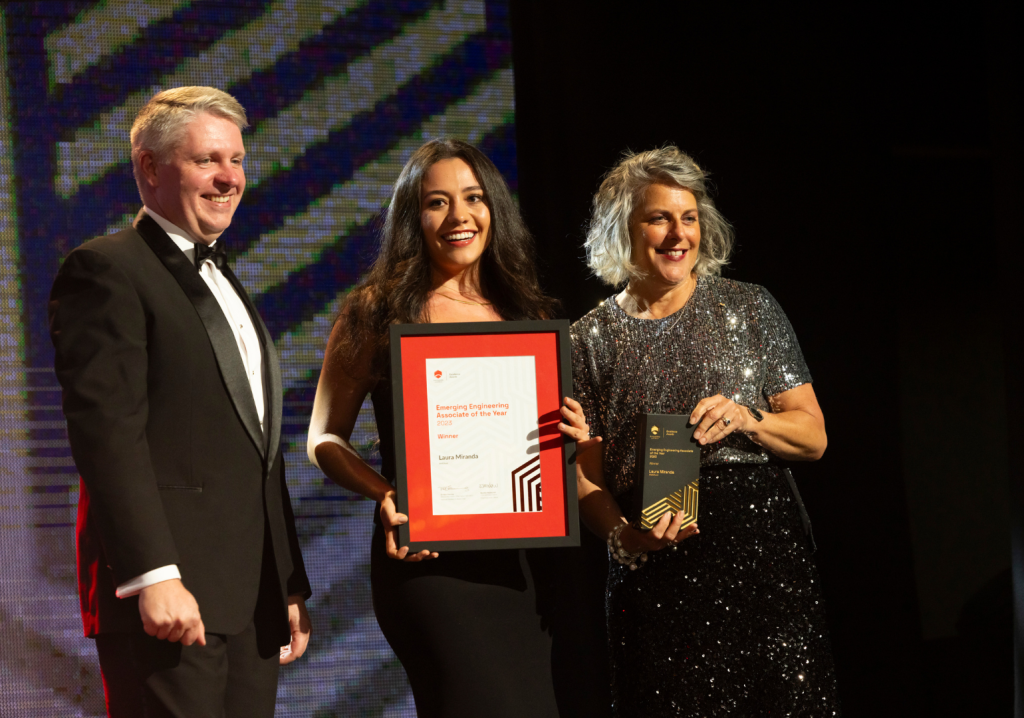From the outset, Laura Miranda’s career as a civil designer has been value-driven. Recently awarded Emerging Engineering Associate of the year, her impact as an advocate for diversity and inclusion in STEM has garnered well-deserved recognition.
Laura Miranda’s passion for engineering didn’t spark abruptly — it began to build in early childhood.
“I’ve always had an interest in engineering and I think it stems from having been raised by a process engineer,” she told create. “Every time I had to learn anything to do with mathematics or physics at school, my father would be the person I went to.”
From a young age, Miranda’s father has been a guiding force, sharing his passions and introducing her to the diverse disciplines of engineering.
“He would send me articles about how biochemical and biomedical engineering were going to change the healthcare industry in the future.”
Originally from a small city in Southwest Colombia, it wasn’t until Laura moved to Australia that her decision to become an engineer was crystallised.
“The infrastructure in Australia is something that I paid attention to as soon as I arrived,” she said. “I noticed the differences from Colombia, especially in terms of roads and stormwater systems.
Real-world impacts
Her curiosity led her to pursue an Associate Degree in Civil Engineering at TAFE Queensland and, remarkably, at just 19 she joined Arup — the firm renowned for the structural design of the Sydney Opera House — and immersed herself in major cross-disciplinary projects.
“One of the first projects I was a part of was the Bruce Highway upgrade in Brisbane,” she explained. “I [worked] as a drafter, helping with the construction drawings for the water and sewer mains, and other civil works.”
“Learning about all of these things from a very young age and in a different country was really good for my career development.”
More recently, Laura’s work has yielded a localised impact.
Her involvement in the rehabilitation of roads damaged by bushfires and flooding has brought tangible benefits to rural communities — something she finds deeply rewarding.
“I’m part of the disaster recovery funding agreement delivery and we’re helping to reopen the roads that were affected by natural disasters in 2021–2022,” she said.
“[The construction work] is reconnecting people from their houses to places like their local shopping centres and offices.
“Being a part of this project has really helped me to understand the impact that civil engineers and people in the industry have on communities.”

A voice for engineers from all backgrounds
Laura’s dedication to improving diversity and inclusion in STEM permeates both her professional and personal spheres.
“My passion for my career came from my father, and my passion for human rights from my mother,” Laura shared.
In 2021, she experienced backlash after speaking out about injustice in the workplace.
“I complained about some inappropriate behaviour in the workplace and one week later I was made redundant. It was very shocking to me at the time.”
This experience propelled her deeper into her advocacy work, with a determination not to quash discomfort and mistreatment, but to leverage it as a catalyst for creating meaningful change.
“Advocating for other women and minority groups has always been something that I’m very passionate about because of where I’m from and also the fact that I’m a female in a male-dominated industry.
“I want to provide a voice for all of those that don’t know how to use theirs.”
Redefining what it means to ‘look like an engineer’
As the co-founder of the podcast You Don’t Look Like an Engineer, Laura advocates for diversity in STEM fields, engaging in thought-provoking conversations with engineering professionals and leaders.
The podcast has built a community comprising both aspiring and certified engineers who tune in to explore discussions around personal experiences, learnings, and the challenges and opportunities that come with navigating a male-dominated field.
Reflecting on the evolution of diversity in STEM since the beginning of her career, Laura acknowledges positive progress and the work still to be done.
“I have noticed changes in the academic environment. When I first started my associate degree, there were only a small handful of women but over time those numbers have increased. It seems like more women are curious about engineering.
“[I’ve also noticed] a lot of people and in particular, a lot of men wanting to understand what we mean by diversity and inclusion.”
Crucially, Laura emphasises that “the difference is in the leaders”, and that while change can be brought about by individual actions, tangible change requires a top-down approach.
Diversity justice in engineering remains at the forefront of Laura’s career, and will continue to be a cornerstone as she navigates the industry, striving to create equal opportunities for everyone to succeed regardless of gender, background or disability.
Nominations for the 2024 Excellence Awards open in April — learn more here.
